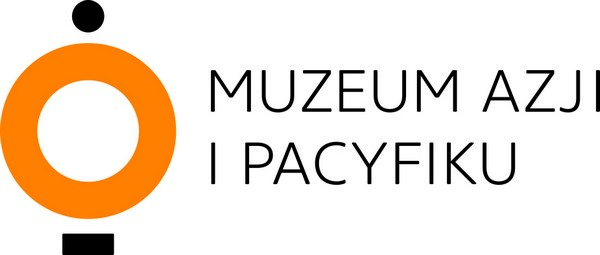Toys – cats
China, approx. mid-20th century
clay, polychrome
inv. number MAP 20001-20003
bequeathed by Jerzy Lobman, 2009
International Cat Day is celebrated in Poland on 17 February. For this occasion, we present a selection of Chinese toys depicting this pet.
The cat is a less popular motif in China than the tiger, considered to be the king of animals, but it appears in many forms of toys. Its symbolism can be positive — hunting mice, protecting, for example, silkworms and home resources, with the ability to see in the dark and (as is believed) repel evil spirits. However, cats may also be perceived negatively — a harbinger of poverty, because mice and wild cats come to live in impoverished homes. It is also (interchangeably with the hare) one of the signs of the Zodiac.
Until the present day, traditional Chinese toys are created from a variety of materials (baked and painted clay, bamboo, fabric, paper and even flour), despite plastic toys from factories. They may take the form of miniature figurines, cuddly toys, paper cutouts, kites, whistles. They can be played with, decorate the interior, and also act as talismans, for example, protecting against diseases and other threats, as in the case of toy tigers.
Clay toys have been known in China since the Neolithic (around 3000 years BC), while in the Song period (960-1270) ceramic figurines with significant artistic and technical value were created. Among them were images of children, turtles, dogs and frogs. Figures of animals often have distorted proportions to draw the attention of the child: exaggeratedly large heads arouse feelings of sympathy.
The toys can be viewed in the Museum hall until 28th February.
English proofreading: Steven Jones

![grafika z tekstem [journeys to the east]](https://www.muzeumazji.pl/maip/uploads/2022/08/baner_strona_english_tn-1140x220.jpg)


